Professor Motohiko Murai’s laboratory at Graduate School of Environmental and Information Sciences conducts basic research related to ocean development technologies such as floating offshore wind turbine (FOWT), wave energy converter (WEC), mooring, and very large floating structure.
The most important points in realizing FOWT are that construction and installation costs are low, and disturbance due to waves and wind is low in order to maintain high power generation efficiency. Therefore, a semisubmersible type model that has the simplest possible structure and aims to reduce the effects of disturbance with a specific period in sea areas using the interference effect of multiple legs and a waveless shape was designed. With a 1/100 scale model of the designed 5MW wind turbine, the six degrees of freedom motion was analyzed in wind and wave fields through a water tank test.
.
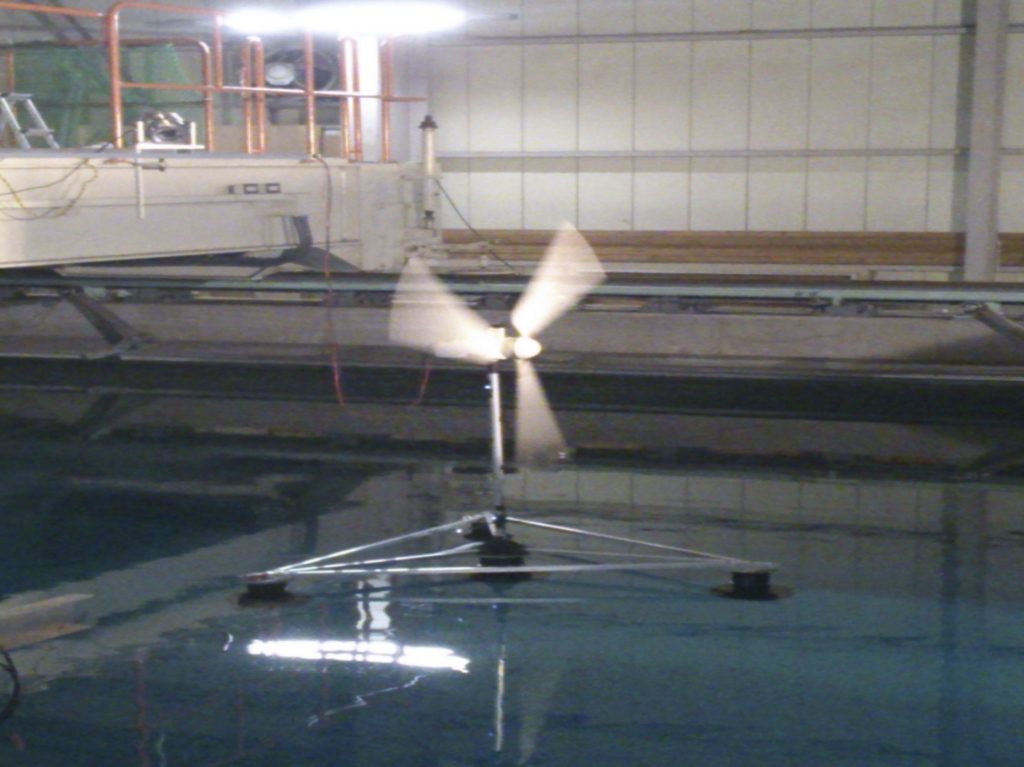
The SPAR + vertical axis type FOWT allows the nacelle, which carries the main equipment, to be installed below, making it possible to maintain a high level of safety during maintenance inside the nacelle against the movement of the floating structure due to waves. Since the nacelle having most of the weight of the wind turbine can be installed downward, the center of gravity of FOWT is lowered, making it easier to downsize and improve economic efficiency. The wave vibration of this system was analyzed and its safety and economic efficiency was examined.
.
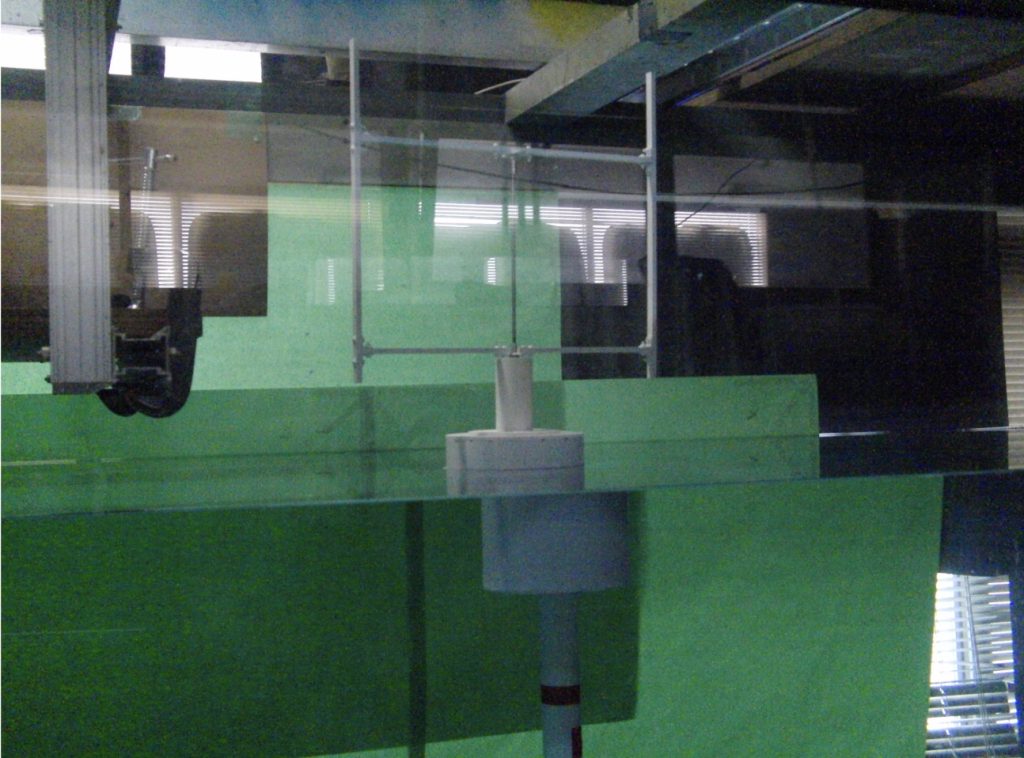
There are two ways in WEC to extract energy either from the relative displacement of the floating body (FB) and waves or from the movement of the FB itself. Since the latter is expected to be more energy efficient, how to extract wave energy was examined by oscillating the FB.
.
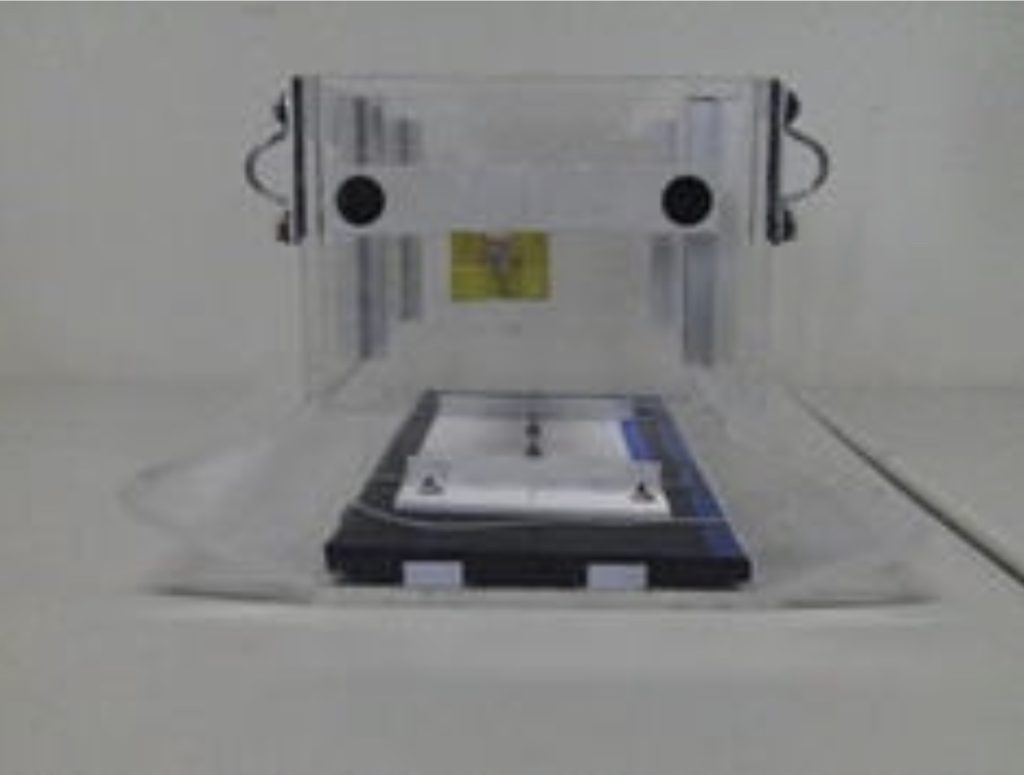
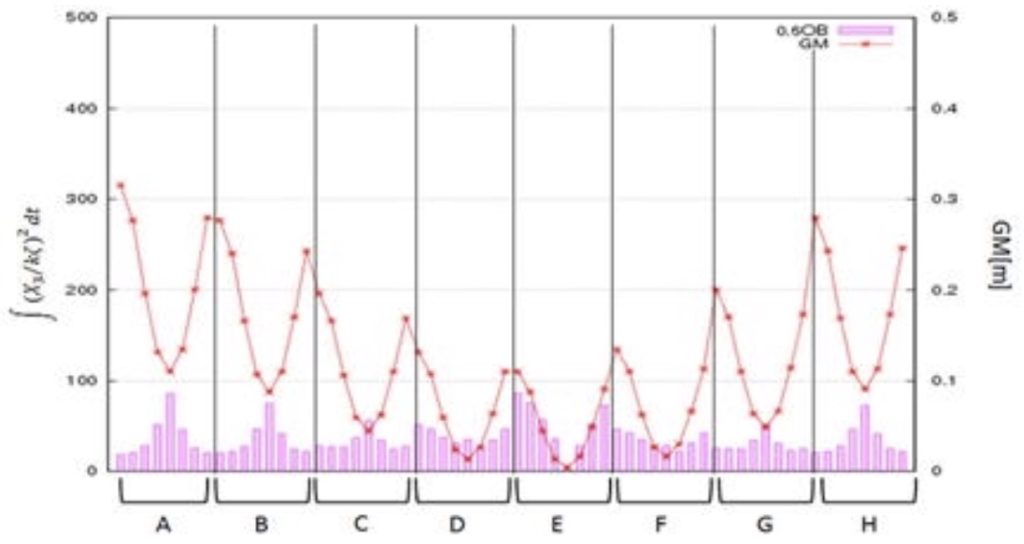
To hold a floating offshore structure on the sea surface, a moored floating structure connected to the seabed with mooring lines is required. Most of studies on moored FBs have problems because they simplify the fluid force acting on the FB or treat mooring lines approximately. So, the FB motion was calculated using the 3D BEM based on linear potential theory for fluid force, and the behavior of the mooring line was calculated using the Lumped-Mass method, which can take nonlinear effects into account, allowing for highly accurate analysis.
.
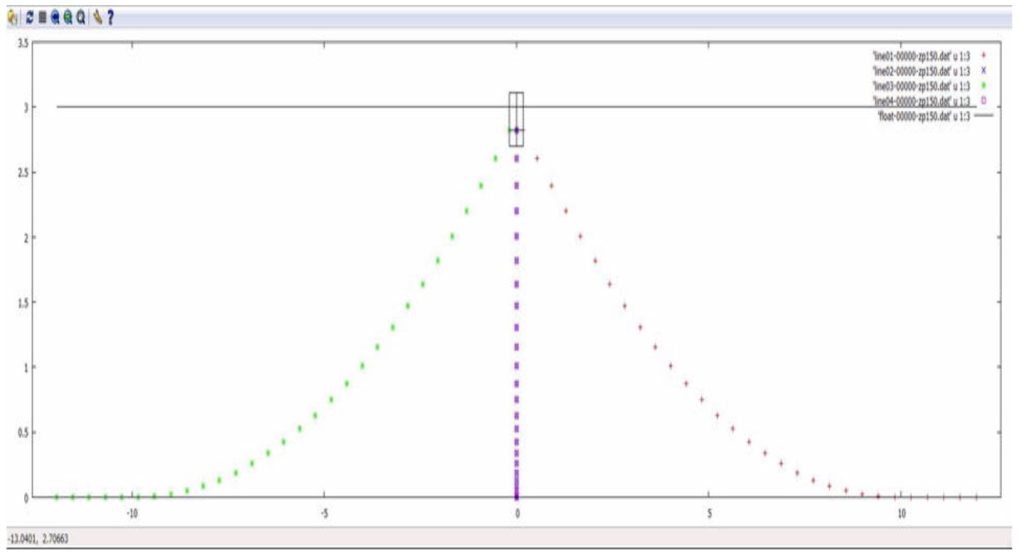
There are various types of mooring systems each of which has a paticular response charactor. When designing a mooring system, we must choose one system which satisfies the requirement from numerous various combinations. A method that calculates the influence of three design variables, chain weight, anchor point distance, and line tension, on mooring characteristics as concrete numerical values was invented.
.

A very large floating structure (VLFS) is relatively thin plate like structure compared to its horizontal width. It was one of candidates of the Haneda Airport runway enhancing project, and a floating structure which was towed from elsewhere was used to store tentative radioactively contaminated water due to the nuclear power plant accident in Fukushima Prefecture. Although the VLFS is a high rigidity structure, it exhibits a wave-like elastic response due to the influence of waves. The response was analyzed through experiments using a small water tank and numerical calculations.
.
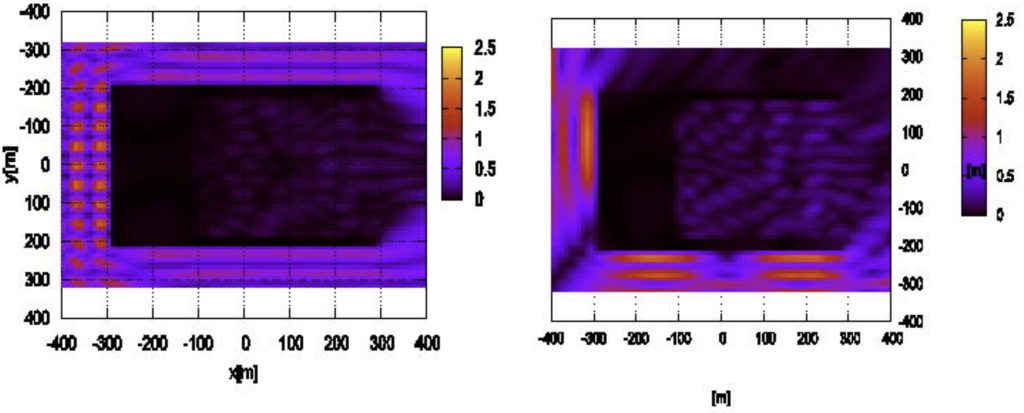
In addition, Prof. Murai Laboratory is conducting a combination of experiments and numerical calculations to study the behavior of flexible riser pipes used in drilling and pumping oil from offshore oil fields in water. Additionally, riser experiments are sometimes conducted using a large water tank at National Maritime Research Institute. They also went to Sea Park (“Umino-koen”) at Kanazawa Hakkei to investigate the clam reserves. They are investigating the impact of human clam hunting on the population and size of clams, and are developing a program that makes it possible to predict annual fluctuations.




